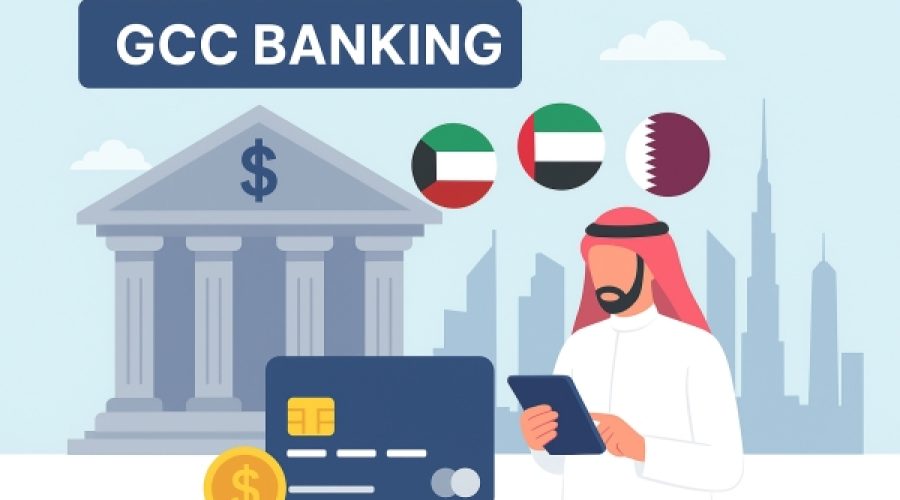GCC Banking Sector Resilience: Key Insights from Strong H1 Performance for Investors and Entrepreneurs
MUSCAT: Banks throughout the Gulf region showed robust performance in the first half of 2025, with improvements in profitability, asset quality, and capitalization. According to EY’s latest GCC Banking Sector Outlook for H1 2025, the sector’s resilience is notable, despite the onset of monetary policy easing and tighter liquidity affecting margins.
The GCC economy is anticipated to grow by 3% in 2025 and further rise to 4.1% in 2026, bolstered by investments in infrastructure, diversification efforts, and a dynamic private sector. Oil GDP is projected to recover modestly by 1.7% in 2025 before experiencing a growth surge of 5.4% in 2026. Non-oil sectors are expected to drive this growth through ongoing reforms and foreign investment, creating a supportive environment for banking activities across the region.
Mayur Pau, EY’s MENA Financial Services Leader, stated that the first half of 2025 underscores the resilience of the GCC banking sector. With strong capital buffers, improved balance sheets, and heightened efficiency, banks are well-equipped to tackle near-term challenges and seize long-term opportunities. As digital adoption and sustainability initiatives progress, the sector will continue to play a key role in the region’s economic transformation.
The average return on equity for the GCC banking industry reached 13.2%, driven by increased non-interest income and better cost efficiency. The cost-to-income ratio improved to 32.0%, reflecting sustained advantages from operational optimization and digital transformation.
Asset quality has also shown improvement, with non-performing loans decreasing to 2.4%, down from 2.8% a year earlier, while coverage ratios remained above 140%. Capitalization continues to be a fundamental strength, with an average Tier 1 ratio of 17.5% and a capital adequacy ratio of 18.9%, enhancing the sector’s ability to absorb external shocks.
Nonetheless, GCC banks are adapting to a changing landscape. Net interest margins have narrowed to 2.6%, down from 2.8% in H1 2024, reflecting the impact of rate cuts across the region, with additional reductions anticipated following September 2025 adjustments. Liquidity conditions have also tightened, with the loan-to-deposit ratio increasing to 94.1%, up from 90.7% the previous year. This situation highlights the critical need for efficiency improvements, funding diversification, and revenue growth beyond interest income.
The report emphasizes that banks are evolving by integrating sustainability, accelerating digital transformation, and preparing for changing regulatory requirements. The adoption of AI-driven banking, improved customer-facing digital solutions, and compliance with frameworks such as Basel III and Anti-Money Laundering and Countering the Financing of Terrorism (AML/CFT) are ongoing priorities. These initiatives are reshaping business models, positioning the sector for long-term competitiveness.
Special Analysis by Omanet | Navigate Oman’s Market
The recent performance of the GCC banking sector, with an average return on equity of 13.2%, signals robust opportunities for businesses in Oman, particularly in leveraging digital transformation and sustainability efforts. However, the tightening liquidity and shifting net interest margins pose risks that require investors to reassess their funding strategies. Smart investors should focus on diversification and innovative revenue streams, as these will be key in navigating the evolving economic landscape and capitalizing on the region’s growth potential.



